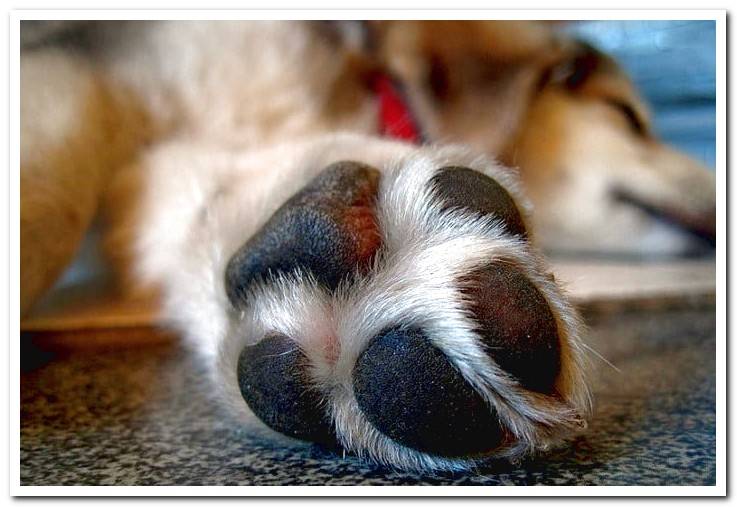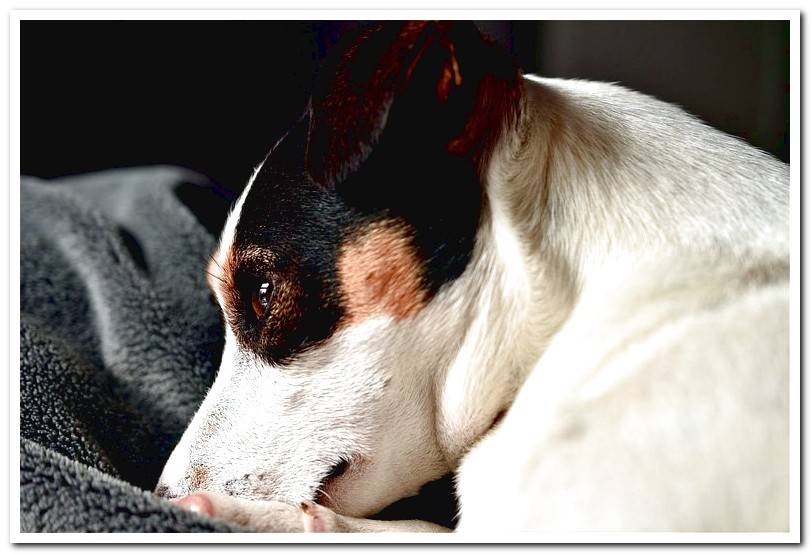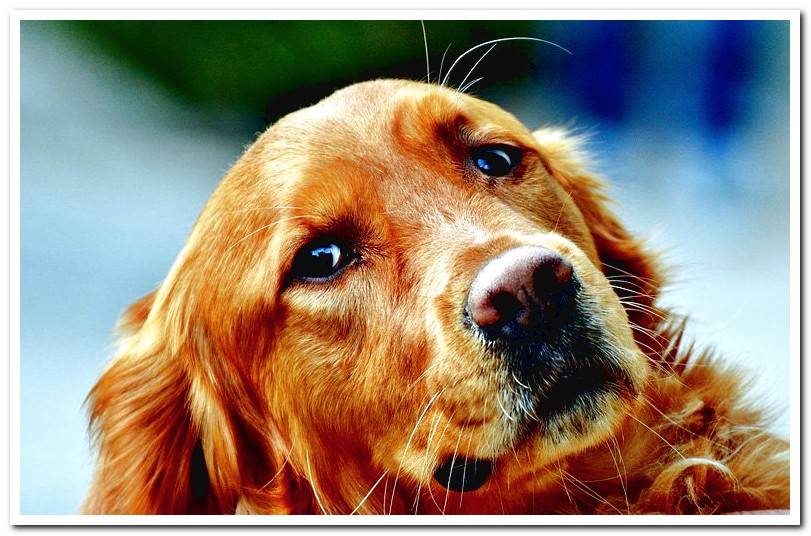
It is possible to argue about the intelligence of dogs but what is undeniable is their ability to empathize and feel and, as sentient beings, they may suffer from depression or a disease-like condition that we would identify in humans.
Below we will discuss the causes that can cause a dog to fall into depression. Identifying them will allow us to solve them since, as we will see in the article, we can do a lot to improve the mood of our dog.
Index of contents
- 1 What causes depression in a dog?
- 2 Cognitive dysfunction syndrome
- 3 How to identify depression in dogs?
- 4 How to improve the mood of a depressed dog
What causes depression in a dog?
Depression in dogs can be endogenous or exogenous. The first would have a biological basis, while the second, which is the most common, would be due to circumstances that have occurred in the animal’s environment. Depression can affect any dog.
We highlight the following causes:
- Separation anxiety: in this disorder the dog does not tolerate being left alone even for short intervals of time. Develops destructive and depressive behaviors.
- Death of a partner: Whether it is a dog or another animal or a human, the death of a life partner can be the trigger for a period of mourning.
- Changes: A move, abandonment or a radical modification of the routine like the one that involves the arrival of a baby can cause the dog to fall into a depression due to the loss of control of the situation or his loved ones.
- Stress: a prolonged and intense period of stress, regardless of the cause that causes it, can lead to a depressive state.
- Socialization problems: the pups’ socialization stage is crucial. Therefore, it is recommended that they stay with their mother and siblings for at least eight weeks of age. Interfering with this relationship can cause serious behavior disturbances.
- Pseudopregnancy: unsterilized females may experience depressive episodes after each zeal, when the body hormones as if there were gestation even though it has not occurred. This case is resolved with sterilization.

Cognitive dysfunction syndrome
Certain depressive behaviors in older dogs may be due to the disorder called cognitive dysfunction syndrome. To understand us, it would be comparable to Alzheimer’s that occurs in humans. The prognosis is reserved since we are facing a process of degeneration of the brain as a result of age.
Affected dogs show themselves as in another world, they lose contact with reality, they seem disoriented, they present stereotypes, they invert their sleep patterns, they relieve themselves indoors and, in general, they show a behavior that can seem depressing.
A dog with this picture should be reviewed by the veterinaryn, since there are diseases, precisely more common in older dogs, that can present with similar symptoms. Cognitive dysfunction is treated with medication and intervention in the animal’s environment and behavior.

How to identify depression in dogs?
In general we could say that a dog with depression is going to be sad. But since talking about sadness can be ambiguous, it is necessary to specify what situations will make us suspect that our dog suffers from depression.
First of all, it is essential to go to the vet because these symptoms may be the same as those caused by other diseases. It will be this professional who rules out any physical problem.
The signs that should alert us are the following:
- Decreased activity both physically and mentally.
- The dog avoids interacting with other animals or people.
- He is also no longer interested in the circumstances surrounding him.
- Loss of appetite or, on the contrary, some specimens compulsively ingest.
- It remains lying down much of the time.
- Sleep more hours, although we can also find examples to the contrary.
- Puzzling crying and howling, since we don’t know what it is.
- Search for hiding places to stay apart from the rest.
- Stop being affectionate.
- Changes in behavior, and may become anxious or aggressive.
- Stop playing.
- When he moves he does it slowly, like a sorry man.
- Some dogs come to urinate indoors.
- They may manifest stereotypies (OCD), which consist of the repetition of nonsense behaviors such as licking or biting.

How to improve the mood of a depressed dog
If after the pertinent physical tests the vet determines that the dog is suffering from depression, our job will be to discover what has been its trigger so that we can intervene directly on it.
In most of the cases, the improvement measures are oriented towards behavioral intervention. For this task we will seek the advice of professional experts in canine behavior or ethologists. It is possible to administer medication but it is always healthier to act on the psychological aspect and leave the drugs as a last resort.
In general, to improve the state of a depressed dog or even prevent depression from appearing, we can consider the following measures:
- The dog must feel loved and integrated in the home. To achieve this, it is essential to dedicate time exclusively to it.
- Learning about canine behavior will help us understand your needs and ensure that they are met. This includes exercise, company, food, or education.
- Avoid stressful situations as much as possible.
- Any major change in the dog’s routine should be done gradually and progressively. An adaptation period is necessary.
- The use of pheromones can be assessed or, although only a placebo effect has been demonstrated, Bach flowers.
